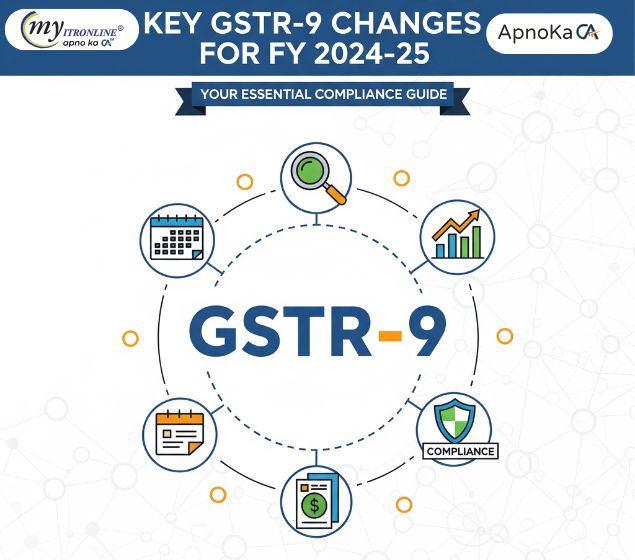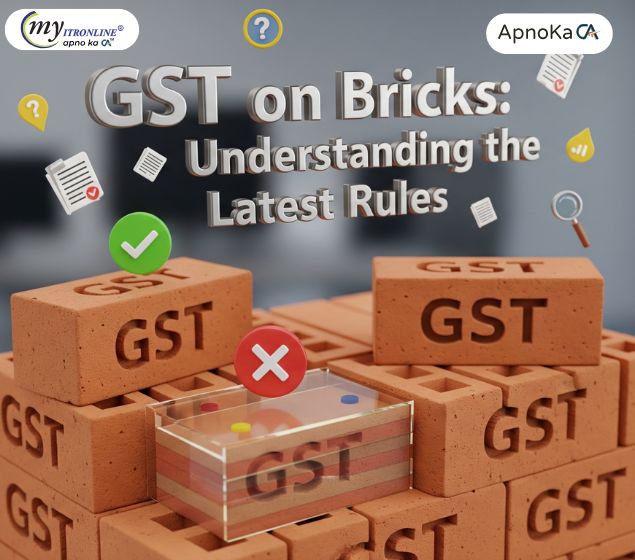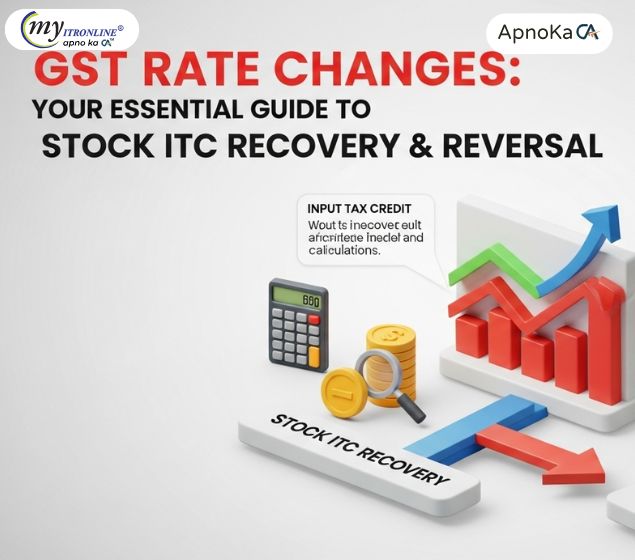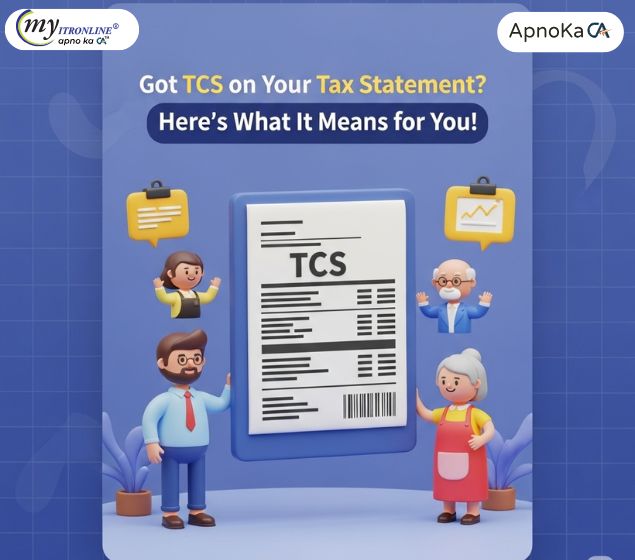# taxcredit
12 posts in `taxcredit` tag

Key GSTR-9 Changes for FY 2024-25: Your Essential Compliance Guide
The GST landscape for FY 2024-25 sees major updates to GSTR-9 and GSTR-9C. This guide breaks down the structural changes, like the new Table 6A1 for prior-year ITC, revised deadlines, and enhanced reconciliation requirements, ensuring taxpayers stay compliant and avoid late fees.

Supreme Court Relief: Buyer Not Liable for Seller’s Default on ITC
The Supreme Court has clarified that a genuine buyer cannot be denied Input Tax Credit (ITC) merely because the seller failed to deposit tax. In the case of Commissioner Trade & Tax Delhi vs. Shanti Kiran India Pvt. Ltd., the Court emphasized that if purchases are genuine, invoices valid, and payments made through banks, ITC should not be denied. This ruling strengthens taxpayer rights and prevents innocent buyers from being penalized for the seller’s default.

Supreme Court Backs Genuine Buyers: No ITC Denial for Seller’s Default
The Supreme Court has ruled that genuine buyers cannot be denied Input Tax Credit just because the seller failed to deposit tax or lost registration. This landmark decision under DVAT sets a strong precedent for GST cases too, ensuring fairness and protecting honest taxpayers.

GST on Bricks: Understanding the Latest Rules
This blog post clarifies the latest GST rules for bricks in India, effective September 22, 2025. It details the two tax options for most brick types (6% without ITC under composition scheme or 12% with ITC under regular scheme) and introduces a special 5% GST rate with ITC for sand-lime bricks, which cannot opt for the composition scheme. The article also highlights the crucial annual turnover threshold of ₹20 lakh for GST registration. It explains the importance of these changes, who is affected, the pros and cons, and provides actionable advice for businesses, including checking turnover, correct brick classification, scheme selection, pricing adjustments, and record-keeping. Finally, it discusses the implications for buyers and builders and outlines potential issues such as classification disputes and transitional challenges.

GST Rate Changes: Your Essential Guide to Stock ITC Recovery & Reversal
This blog post provides a comprehensive guide to the upcoming GST rate changes in India, effective 22 September 2025, focusing specifically on the implications for Input Tax Credit (ITC) on stock. It explains the new simplified tax slab structure (5%, 18%, 40% for luxury goods) and details how businesses should handle ITC for stock purchased before the changes, supplies made after the changes, and unsold old inventory. The post offers practical advice on identifying stock, claiming eligible ITC, reversing ITC where necessary, seeking manufacturer support, and maintaining audit-ready records to navigate this significant tax transition effectively.

Got TCS on Your Tax Statement? Here's What It Means for You!
This blog demystifies Tax Collected at Source (TCS) for taxpayers, especially for Financial Year 2024-25 (Assessment Year 2025-26). It explains what TCS is, lists common transactions where it applies (like motor vehicle sales, overseas tour packages, and foreign remittances under LRS), and details how TCS affects one's tax liability. The post guides readers on how to reconcile TCS entries using their AIS/TIS and claim the correct credit when filing their Income Tax Return, helping them ensure accurate tax compliance and avoid discrepancies.

Big Changes in Your Tax Report: All You Need to Know About the New Form 26AS (AIS)
This detailed blog explores the significant evolution of Form 26AS into the more comprehensive Annual Information Statement (AIS) and Taxpayer Information Summary (TIS). It breaks down the expanded scope of information, including various high-value financial transactions (SFT/AIR data) like property deals, mutual fund transactions, and cash movements, far beyond traditional TDS/TCS. The post emphasizes why these updates are crucial for enhanced transparency, simplified ITR pre-filling, proactive discrepancy identification, and reduced chances of scrutiny. It also provides clear instructions on how to access the new statements and actionable steps for taxpayers to ensure accurate reporting and compliance.
.jpg)
Mandatory ISD Registration Under GST from April 1, 2025: Who is Affected?
This blog offers a detailed examination of the compulsory ISD registration under GST, which begins on April 1, 2025. It discusses the importance, the registration procedure, and the effects on businesses. Keep yourself updated and compliant with this thorough guide.
.jpg)
GST Rules for Casual and Non-Resident Taxpayers: A Detailed Comparison
This blog offers an in-depth comparison between Casual Taxable Persons (CTP) and Non-Resident Taxable Persons (NRTP) within the framework of GST. It discusses their definitions, registration procedures, compliance obligations, Input Tax Credit (ITC), and operational characteristics for both groups. Stay updated and adhere to regulations with this all-encompassing guide.
.jpg)
Avoid These 10 Costly Errors When Filing Your GST Returns
Businesses must appropriately file GST returns in order to avoid fines and compliance problems. The top ten typical errors committed while completing a GST return are highlighted in this blog, including late filings, mismatched ITC claims, and inaccurate invoice data. Find out how to avoid these mistakes and guarantee smooth GST compliance.
.jpg)
Rule 86B Explained: How ITC Utilization is Limited Under GST
The CGST Rules 2017's Rule 86B, which restricts the use of Input Tax Credit (ITC) to settle GST liabilities, is thoroughly explained in this article. Along with useful examples and advantages, it discusses the rule's objectives, applicability, exemptions, and effects on businesses.
.jpg)
Understanding the Impact of GSTR-2A on Input Tax Credit (ITC) Claims
In order to claim the Input Tax Credit (ITC) under GST, GSTR-2A is essential. This blog discusses optimal procedures to guarantee compliance and optimize ITC advantages, the significance of reconciliation, and how GSTR-2A affects ITC claims.
